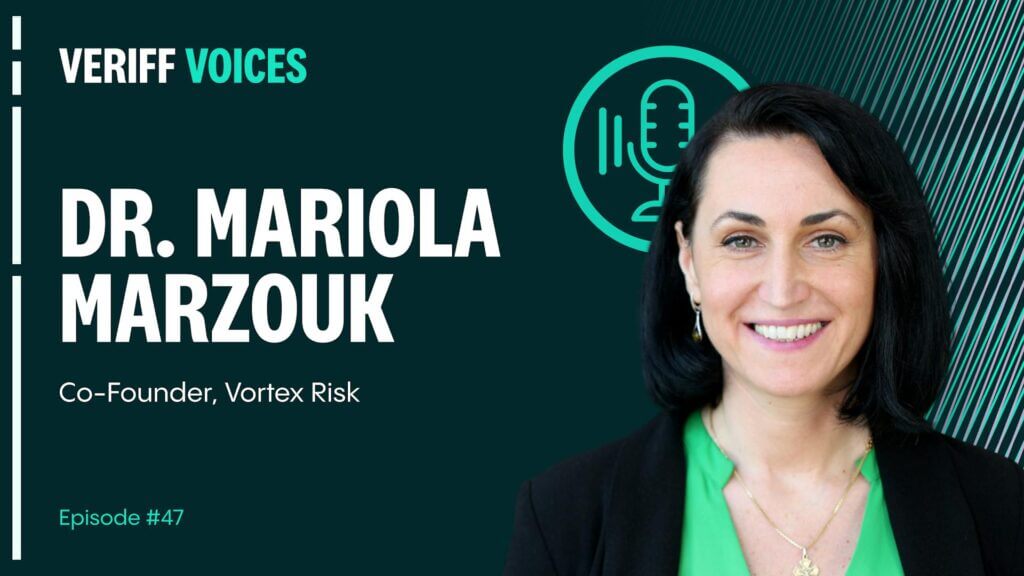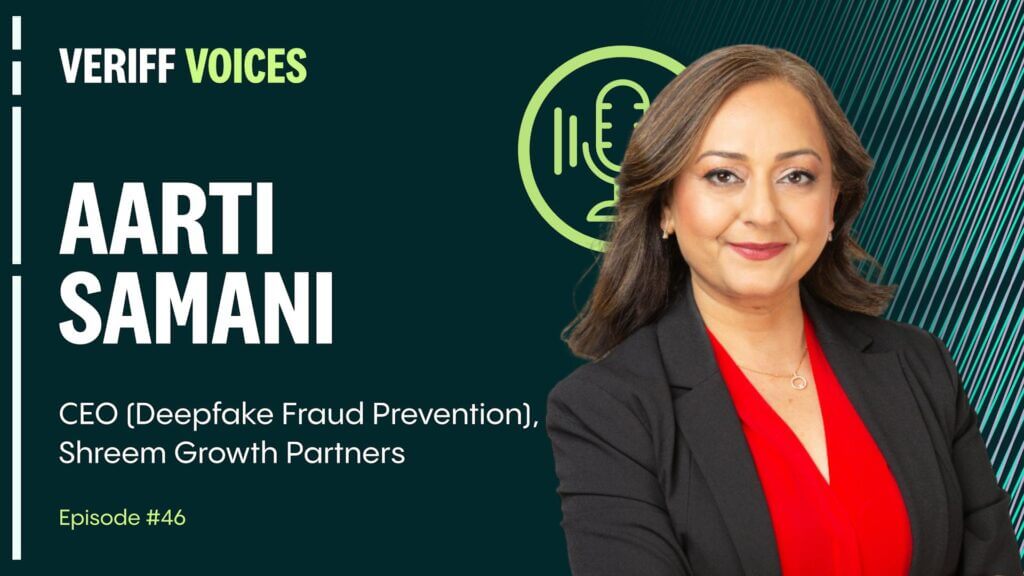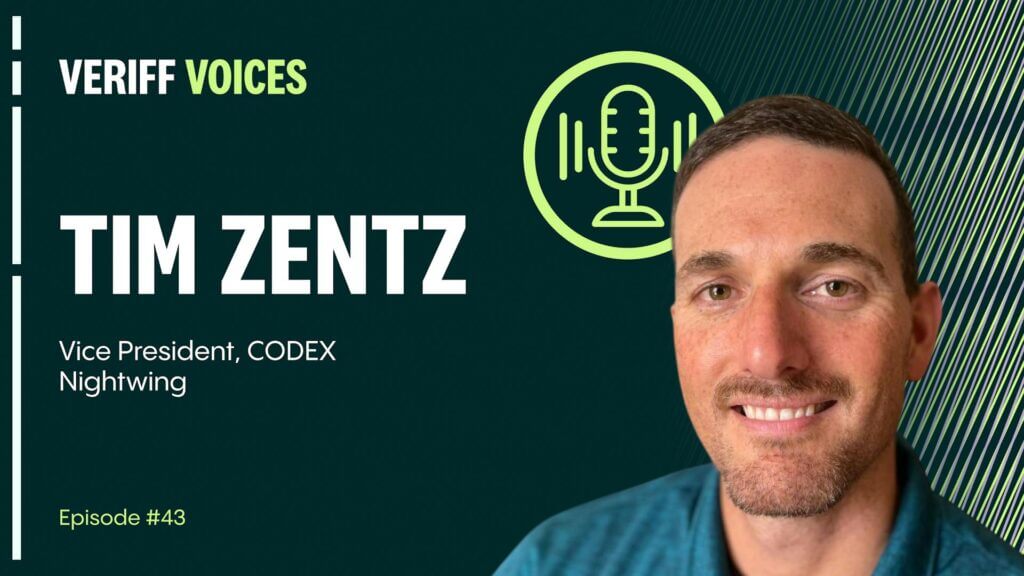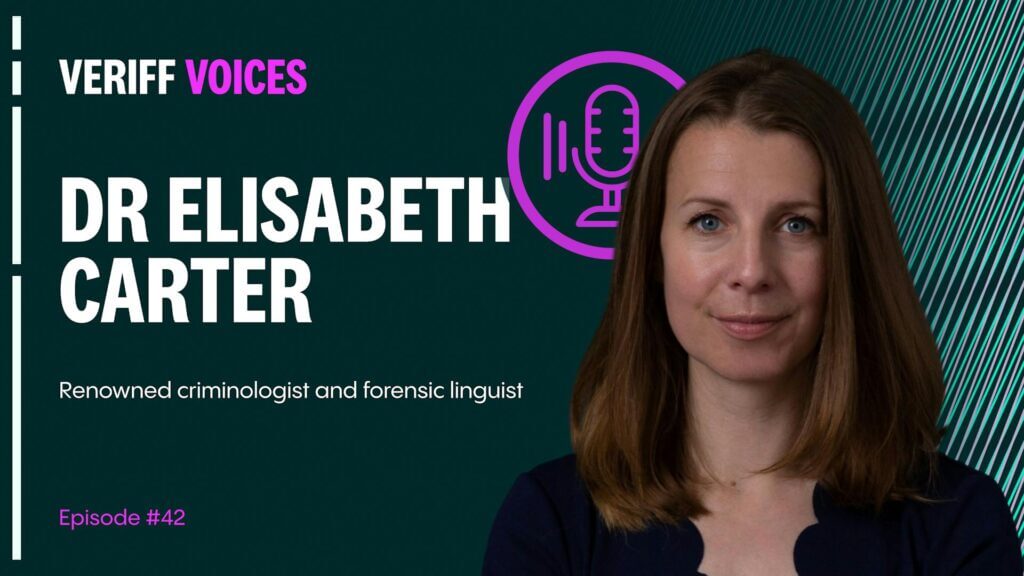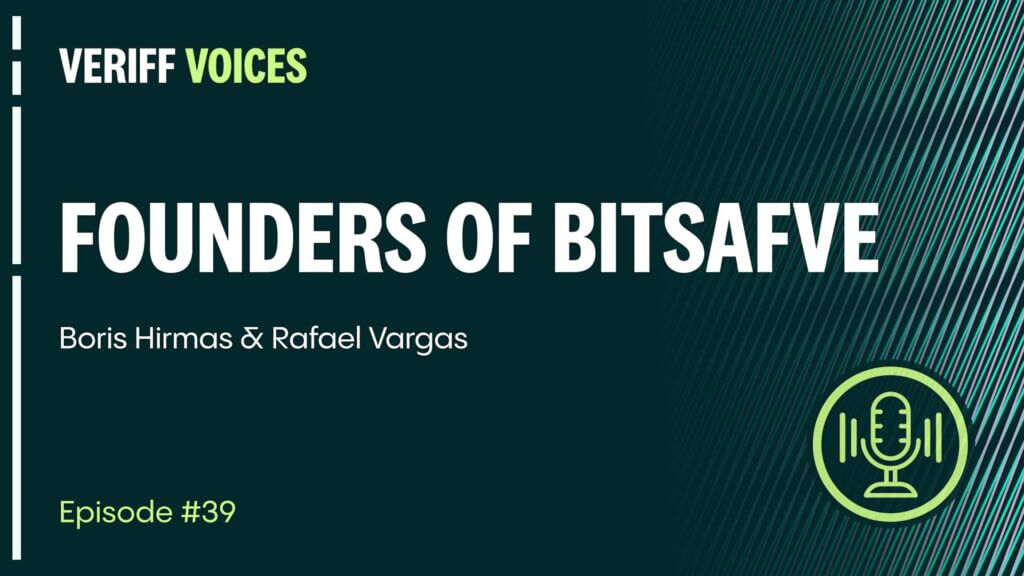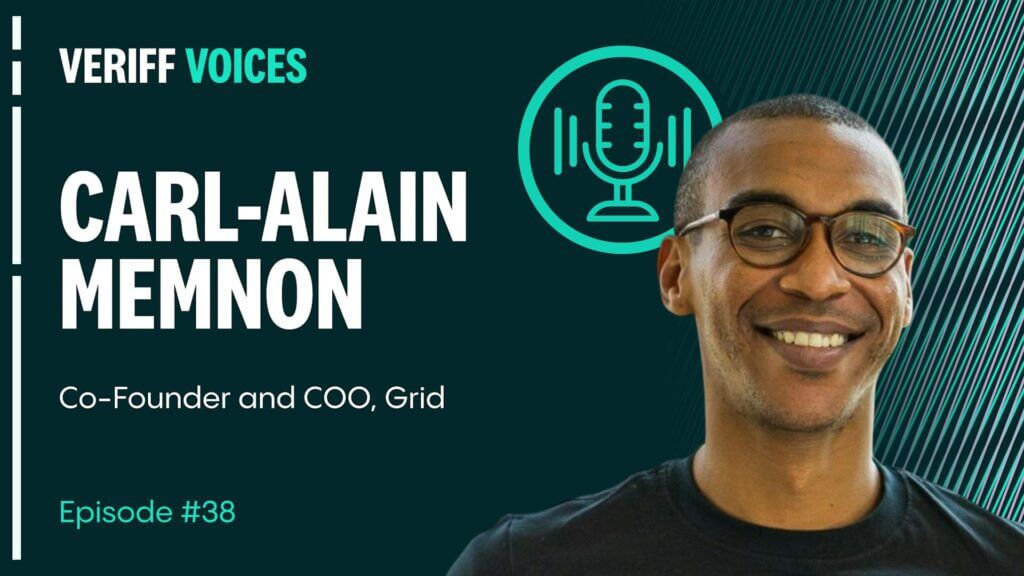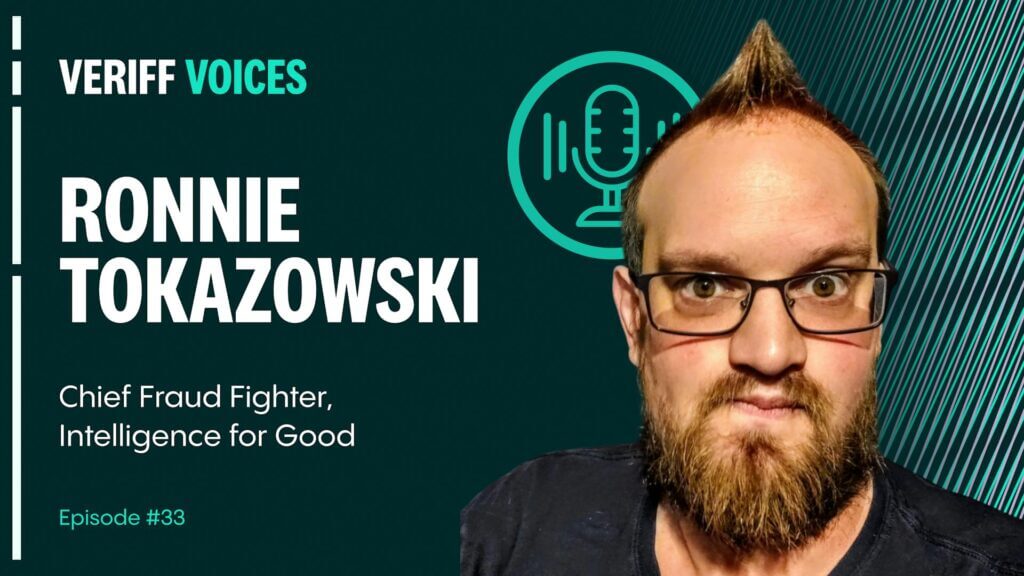Podcast
Veriff’s Documents Product Manager on identity verification for all
While the need to prove who you are for specific purposes is universal, the vast range of ID documents in use worldwide presents a significant challenge in the world of identity verification. Our Documents Product Manager Taras Boyko explains why documentation is important, what issues his team faces, and how they deliver on their mission to make IDV easier for all.
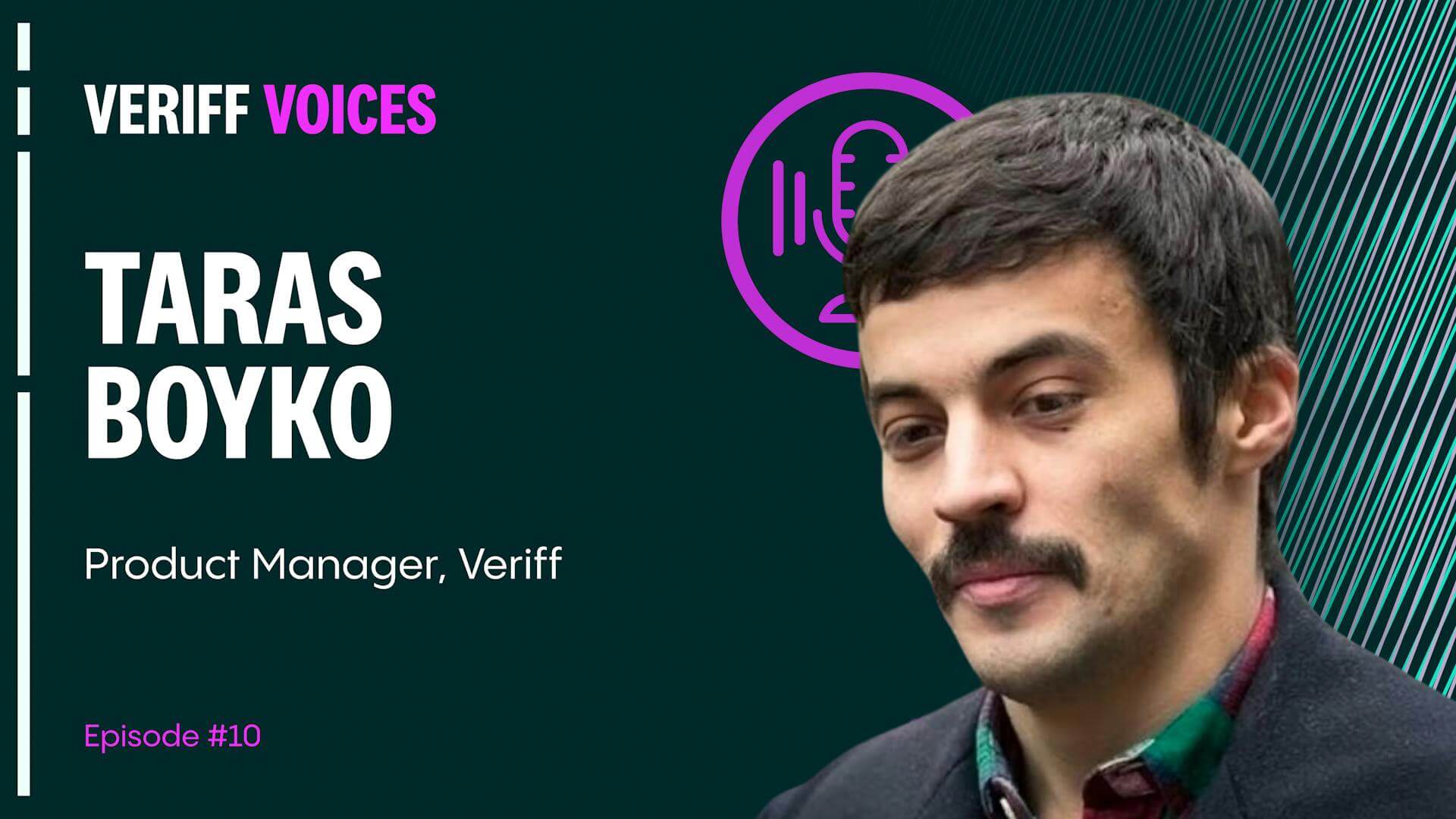
Listen to full conversation with Taras now!
Asked to define an identity document, most people will probably describe a physical item like a passport or perhaps a birth certificate. However, ask Veriff’s Document Product Manager Taras Boyko for a definition and you’ll get a more insightful answer, as befits a former semiotics lecturer.
“An identity document is a collection of biometric attributes and personal information about a person, your face, your age – it identifies who you are,” he explains. “But in terms of medium, it actually changes a lot.”
Passports offer a good example of how ID formats have evolved. As Taras points out, the first passports were simple, handwritten documents with perhaps an official stamp to give them a minimum of authority. Later, photographs were added, handwriting was replaced with print, and security features such as watermarks were added. More recently, machine readable passports containing digital information have become the norm. The next logical step, which has already been taken by some governments, is to remove the need for the physical document altogether.
“Nowadays I have my passport in my phone,” comments Taras, (he’s Ukrainian). “It’s a digitally based identity document, and I can go on a plane with it.”
As well as this difference in formats, there are also a wide range of passport types.
“For most of us it’s just a passport we use when we go abroad, but in fact there are dozens of variations,” explains Taras. “It can be a diplomatic passport, it can be a service passport, it can be a passport for an alien in the sense that they’re a non-citizen, it can be temporary, and they’re all different in terms of issuing terms, and in terms of the data that’s present in the document.”
Of course, passports aren’t the only official documents used to identify individuals. Identity cards, residence cards, driving licenses, birth certificates and various other document types are accepted as proof of identity in different parts of the world. In fact, Veriff’s database contains more than 12,000+ different government issued identity documents from 230+ countries and territories – and Taras and his team are adding more all the time.
“It’s a constant cat and mouse game,” he admits. “One of the biggest tasks for me and my team is to keep track of for example when a new passport series comes out.”
Once a new or previously unknown document type has been identified, the next step is to obtain a specimen. This is used as a visual reference for how the document should look, and Veriff’s automated systems can then be trained to recognize and verify it. Taras and his team also research the terms under which the document is issued, along with any fraud trends related to it.
Unfortunately, however, a single specimen isn’t always enough, as Taras explains.
“Sometimes documents aren’t very consistent, because the same document type differs depending on which office around the country issued it. For instance, they can use a different font, or they can cut the document a bit differently.”
“It can become difficult to distinguish to what extent this is an allowed variation of an identity document, just because a certain local office issued it this way, or if it’s actually counterfeit or has been tampered with.”
The team must try to account for these nuances, ensuring that Veriff’s systems are calibrated to have the threshold between acceptance and rejection in the right place. The aim is to stop fraud while minimizing unnecessary rejections.
“What we’re trying to achieve is that if you’re from anywhere around the world, you can get verified and onboarded onto any services that you need,” says Taras. “You’re not going to get blocked, and you’re not going to need to travel 500 kilometers to present an identity document to someone.”
Making verification easier
Of course, while we at Veriff are obsessed with all things identity related, we understand that users have no particular interest in the verification process – what they’re interested in is what it allows them to do. Taras points to three key ways that IDV can be made more user-friendly in the future.
- Optimizing the flow: With the help of AI, IDV systems can automate tasks like capturing images and video or identifying the document type being presented, thereby cutting down the number of steps in the flow and reducing friction for users
- Demystifying the experience: As well as making the process simpler, explaining to users what data is being collected, why it’s needed and how it will be used helps to build trust and make IDV an accepted part of everyday life
- Creating unified systems: Currently countries’ registries and systems are quite siloed; by working together, governments and private companies like Veriff can create a more unified system that’s both more efficient and more effective at preventing fraud

Veriff Voices
Listen to the full conversation with Taras and explore more Veriff Voices podcast episodes.




